This page was written, edited, reviewed & approved by JR Krebs following our comprehensive editorial guidelines. JR Krebs, the Founding Partner, has years of legal experience as a bankruptcy attorney. Our last modified date shows when this page was last reviewed.
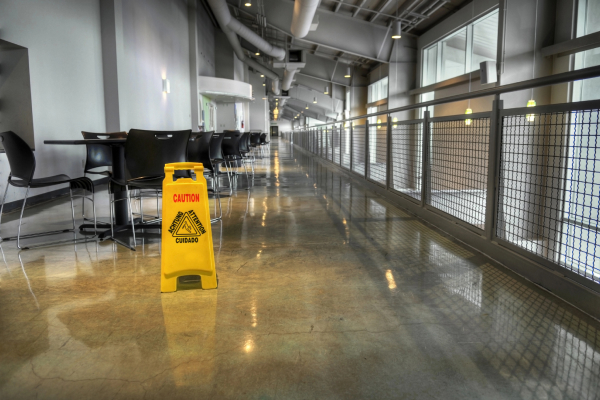
Premises liability cases arise when someone is injured due to dangerous conditions on another person's property. In these cases, the property owner or other responsible parties may be held accountable. To win a premises liability claim, you must prove that the responsible party failed to maintain a safe environment.
Krebs Law Personal Injury Lawyers helps you understand who is responsible for accidents that occur on someone else’s property. Property owners, business owners, and even government entities may be held liable for injuries caused by unsafe conditions. If you’ve been injured on someone else’s property, it’s essential to identify the responsible party. Understanding this can help guide your legal options and protect your rights.
In a premises liability case, the responsible party can vary. It depends on who owns or controls the property. Some of the parties that may be responsible in different situations are:
Property owners are typically the most common parties held responsible in premises liability cases. They have a legal duty to maintain a safe environment for anyone who enters their property, whether it’s a guest, tenant, or customer. This means they must regularly inspect their property for potential hazards and take steps to fix or warn people about dangerous conditions.
If a property owner knew about a dangerous condition or should have known about it, they can be held liable for injuries caused by it.
For example, if there’s a wet floor in a store and the owner fails to clean it up or fails to place a warning sign, they may be responsible if someone slips and gets injured. Property owners must act reasonably to ensure the safety of their visitors. Failing to do so could lead to a premises liability lawsuit if someone is injured.
Tenants or leaseholders may also be responsible for maintaining a safe environment. When you rent a property, you usually have some obligation to ensure that the space is safe for visitors. This means addressing hazards that may arise within your control, like broken steps or a malfunctioning light.
Tenants are expected to report hazardous conditions to the property owner and handle minor maintenance. If they fail to do this, they could be held responsible for injuries caused by unsafe conditions on the property they occupy.
Business owners have a clear responsibility to keep their property safe for customers, employees, and visitors. Whether it’s a retail store, restaurant, or office, business owners must maintain a safe environment. This includes regularly inspecting their premises for hazards like wet floors, uneven surfaces, or poor lighting.
If a business owner fails to address these risks, they can be held liable for any injuries that result. For example, if a customer slips on a wet floor that was not cleaned or not marked with a warning sign, the business owner may be responsible for the injury. Business owners must also take reasonable steps to prevent accidents, such as ensuring that walkways are clear and that equipment is in good condition.
In business premises liability cases, the key is proving that the owner failed to take reasonable care in maintaining a safe environment for everyone on the property.
In some cases, government entities can be held responsible for accidents that happen on public property, such as streets, sidewalks, or government buildings. Like property owners, government agencies have a legal duty to maintain these areas safely. They must repair hazards and ensure that public spaces are free from dangerous conditions.
However, suing a government entity for a premises liability claim is more complex. Different laws apply when the government is involved, and there may be specific timelines or procedures to follow. Often, there are special rules regarding how a claim is filed and whether the government can be held liable.
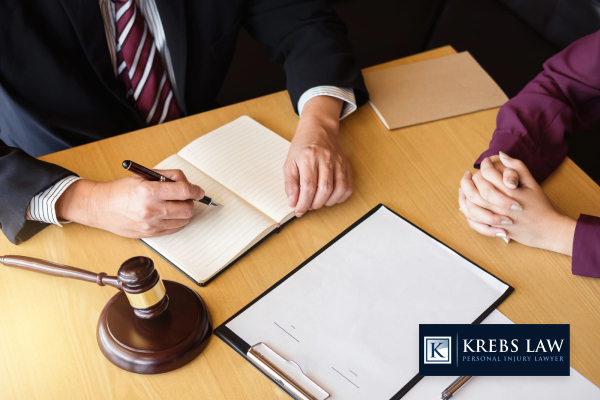
Determining who is responsible in a premises liability case depends on several key factors. Each case is unique, and understanding these factors is essential for identifying the liable party. A few of these factors include:
Ownership and control are crucial in determining responsibility. The person or entity that owns or controls the property typically has a duty to maintain it. Even if you aren’t the owner, if you occupy or manage the property, you may still be liable for any hazards present.
Negligence occurs when the responsible party fails to take reasonable steps to ensure safety. This could be ignoring hazardous conditions like broken stairs or wet floors. If the owner or occupier knew or should have known about the danger and didn’t act, they may be held liable for the injury.
Causation links the dangerous condition to the injury. To hold someone responsible, you must prove that the hazardous condition directly caused the injury. This means showing that, without the dangerous conditions, the accident would not have occurred. Causation is a critical factor in any premises liability lawsuit.
In some cases, multiple parties may share responsibility for an injury. For instance, a property owner may be partly at fault, while a tenant or contractor may also bear some responsibility. Shared responsibility can impact how compensation is divided, often depending on comparative negligence laws and specific circumstances.
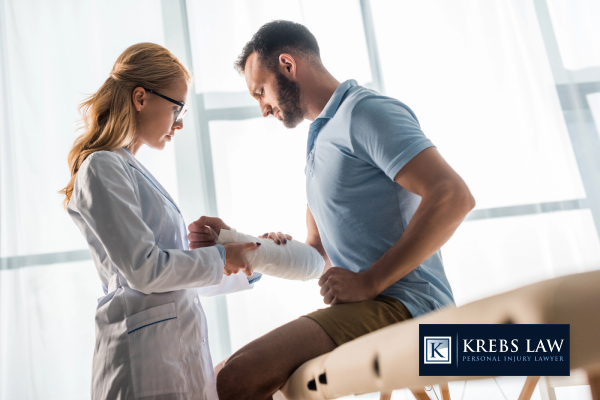
What is the property owner’s duty of care?
The property owner has a duty of care to ensure that their property is safe for visitors. This means they must fix hazardous conditions or warn visitors of any danger. Failure to meet this duty can lead to a premises liability lawsuit.
What does “unreasonable risk” mean in premises liability cases?
An unreasonable risk refers to a danger that could easily cause harm to visitors. If a property owner fails to address an unreasonable risk, they may be held liable for any injuries caused by it. This can include things like poorly maintained walkways or equipment.
How does my state’s premises liability law affect my case?
Each state has its own premises liability law, which dictates how cases are handled. The specific rules in your state will determine how much responsibility the property owner holds, what damages can be recovered, and the timeline for filing your claim.
Can I recover medical expenses in a premises liability claim?
Yes, if you’ve been injured due to hazardous conditions on someone else’s property, you can recover medical expenses as part of your premises liability claim. This includes the cost of hospital visits, doctor appointments, and any treatments needed for your recovery.
What should I do if the property owner denies liability?
If the property owner denies responsibility, it’s essential to gather evidence to support your claim. Document the dangerous condition, collect witness statements, and consult a lawyer. An experienced attorney can help prove the property owner’s negligence and pursue compensation for your injuries.
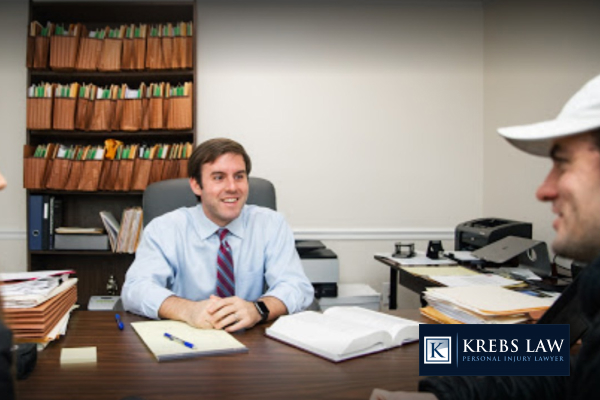
If you’ve been injured on someone else’s property, it’s important to act quickly. Contacting a competent premises liability lawyer can help you understand your rights and options. Krebs Law Personal Injury Lawyers offer a free consultation to evaluate your case and determine the best course of action.
Whether you’ve suffered from a slip-and-fall accident, dangerous conditions, or negligent security, we are here to help. Our team will work hard to ensure you receive the compensation you deserve for medical expenses, lost wages, and pain and suffering. We’ll fight for your rights every step of the way.
Contact us today to speak with an experienced attorney and get the legal help you need. Let us help you get through the complexities of your premises liability claim and work toward a fair resolution.
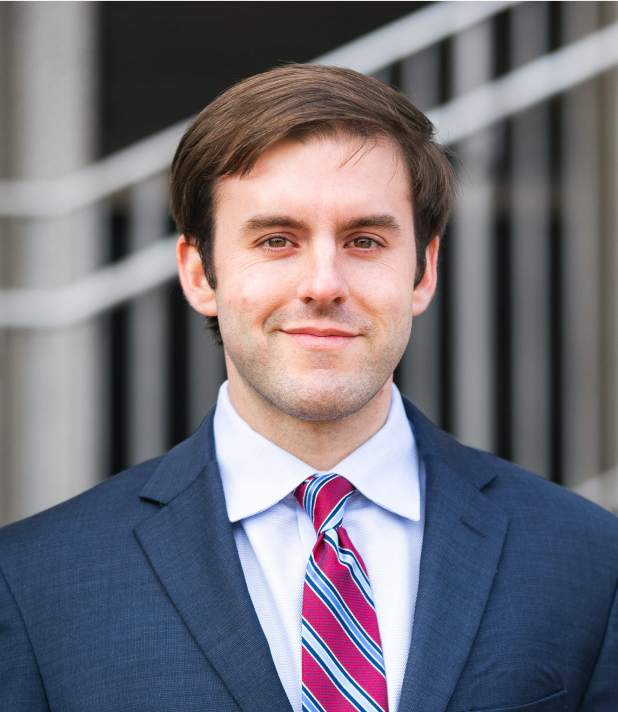
J.R. is dedicated to providing personalized representation, avoiding a one-size-fits-all approach. He tailors his strategy to the unique challenges and needs of each client and case, ensuring focused and individualized attention.
His practice mainly covers Plaintiff’s Personal Injury, including car and 18-wheeler accidents, slips and falls, dog bites, defective products, and wrongful death. He also handles commercial disputes on contingency, with experience in contracts, construction, and probate. For any dispute headed toward litigation, J.R. develops an aggressive strategy to maximize your recovery through negotiation, arbitration, or trial.
"*" indicates required fields